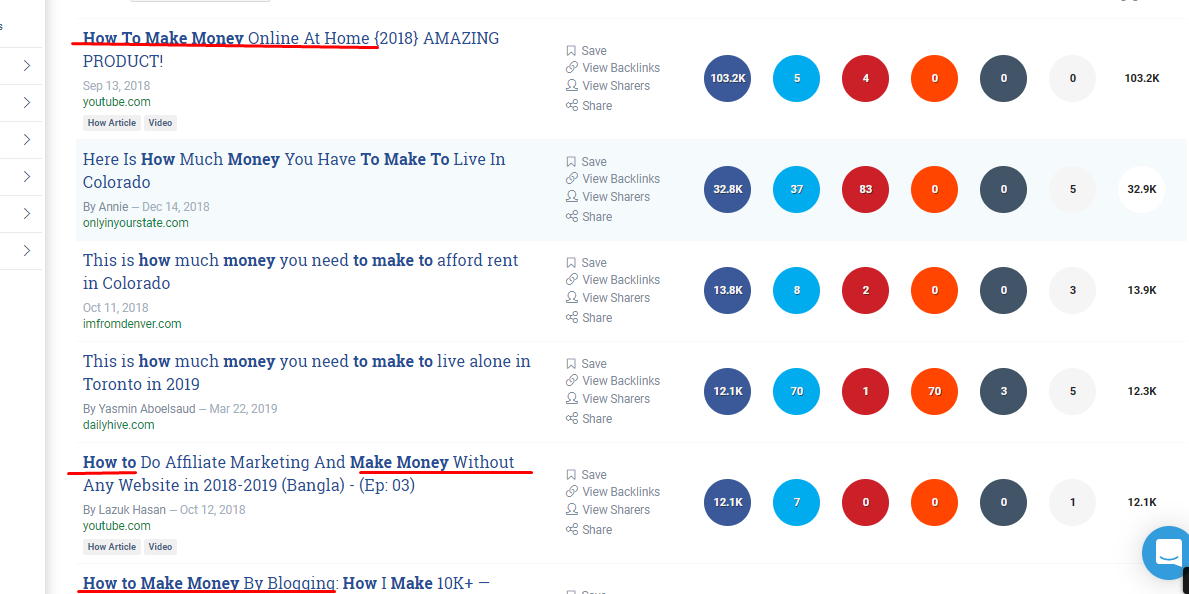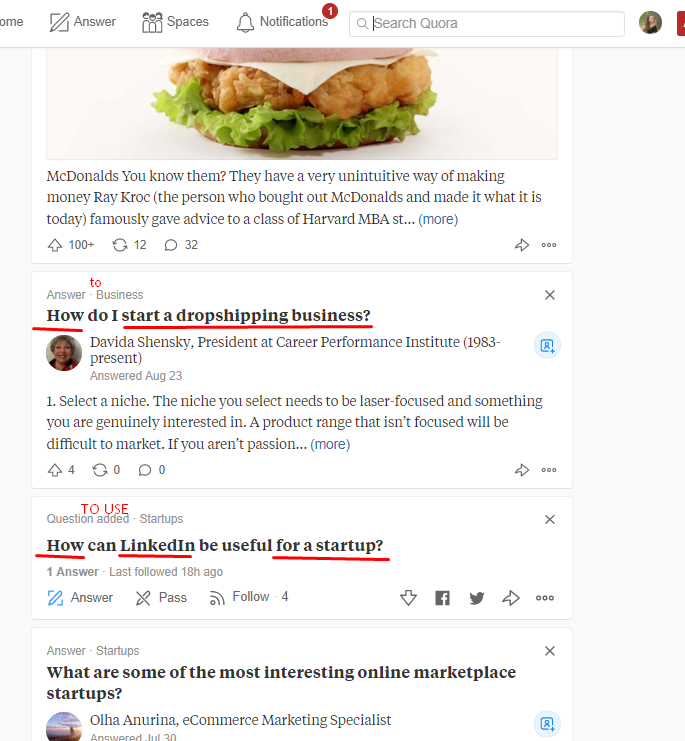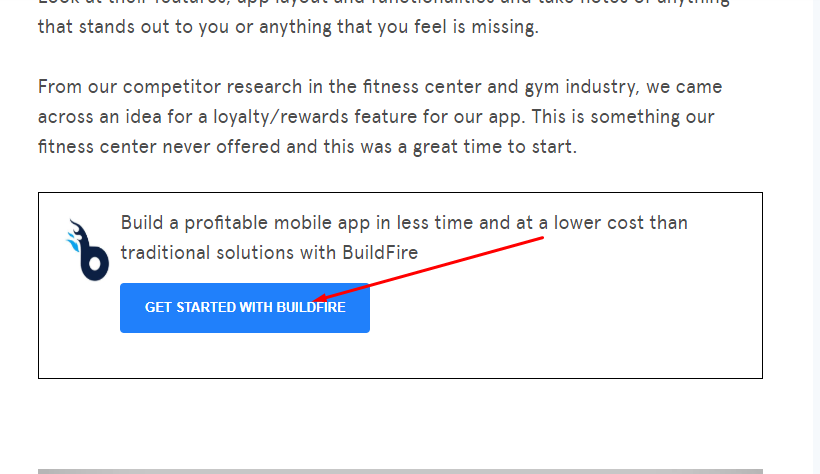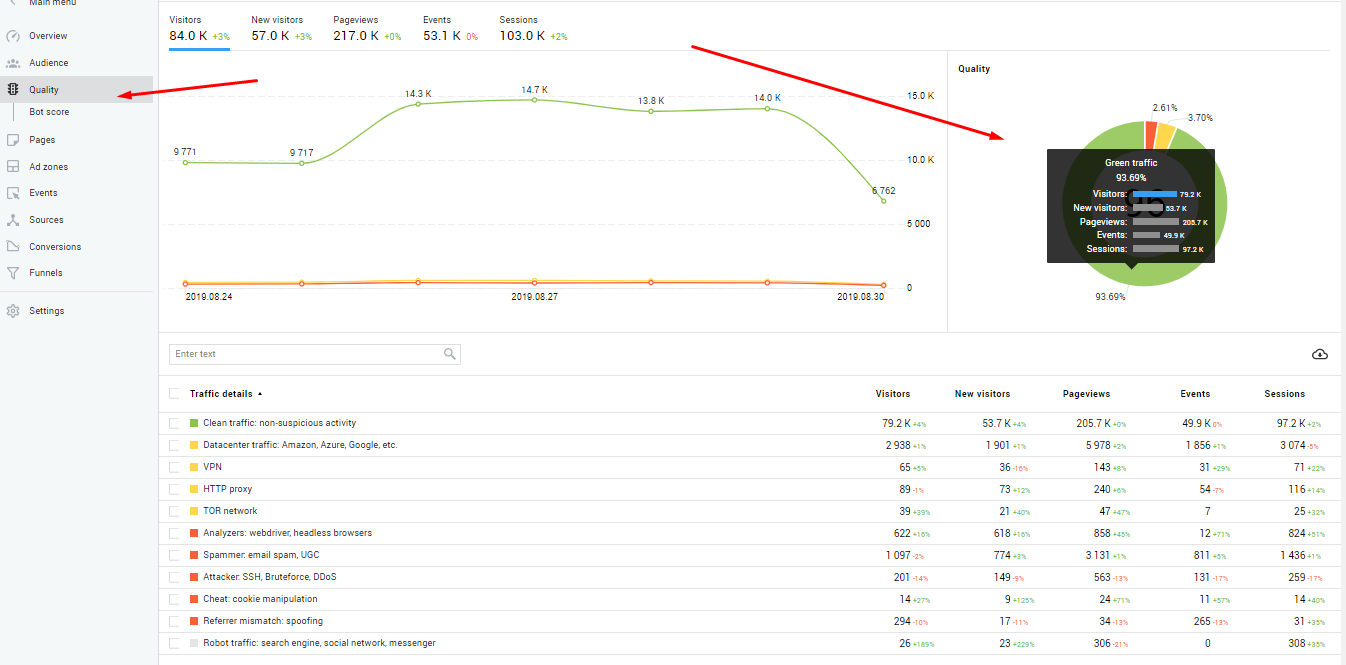People are constantly craving useful information. Once you show them that you have a lot more to share through something like “how-to” content pages, you will be rewarded by sharing it with others and establish your company’s credibility.
Creating SEO-friendly how-to content is a good way to catch your audience’s attention, fuel SEO, foster deeper levels of engagement, and take on the customer journey from brand awareness to sales.
To understand how important how-to content is to your overall content creation game, let’s take a look at some interesting stats:
- According to Think With Google, “how-to” videos get the most attention of any content type on YouTube, even more than video games and music clips.
- Google has reported that “how-to” searches have increased by more than 140% over the last 13 years.
- The graphs from LawRank reveal more and more how-to searches on Google and YouTube.
So, how-to blog posts and articles become some of the most sought after and linked to content online. Even if you know the benefits of this content category, getting it right can be challenging. With these valuable tips given below, you’ll create SEO-friendly how-to content that strikes the target every time.
1. Perform some research
Before creating your how-to content, you need to do some research that allows you to find the right topics and lead you in the right direction. As it takes a lot of strategic work, planning and time, you can start by using content research tools like Buzzsumo, Ahrefs, and the others. Many of these tools provide insight into topic ideas that are trending in your niche.

You can start with a little more interactive research. Using polls and quizzes is a great practice to raise audience engagement by asking for the type of how-to content they’re searching, find out weak points that your target audience has, and support your content with these unique insights. The tools like SurveyAnyplace or Survey Monkey help you engage people and get some insights in return.

When doing some research, check out the most popular communities and forums like Quora, Reddit, Yahoo Answers, and others. You can follow a specific category and regularly track the most trending how-to content people are interested in at present. You can also use these communities as an additional benefit to build meaningful relationships and establish yourself as an authority in your industry.

Where SEO and content converge, you need to do keyword research. Start your how-to content generation by understanding and finding your keyword phrases that your potential customers look for. That’s where keyword research tools come into play.
I recommend using SE Ranking’s Keyword Suggestion Tool to detect the most relevant keyword variations people are using across the web. The main advantage is that the tool has a particular algorithm that finds the best keywords for your niche, including traffic costs, monthly search volume, KEI, and other parameters.
 Finally, keep track of your competitors’ how-to content, and check out which content they are creating and which one has the highest engagement. Use their best experiences and improve your how-to content.
Finally, keep track of your competitors’ how-to content, and check out which content they are creating and which one has the highest engagement. Use their best experiences and improve your how-to content.
2. Use “how-to” structured data
Google has recently added the opportunity to properly mark up how-to content that lets you appear in rich results on Search and Google Assistant. Using HowTo structured data can distinctly tell Google that your content is related to a how-to and reaches the right users.
The best thing about implementing HowTo structured data is the ability to get users through a gang of steps to finish a task successfully. Moreover, you can also feature text, images, and video. If you want to focus on the how-to on the page, HowTo structured data can help you add value to your content.
Here’s how it looks like in the search:
To find out more about adding the markup to web pages that have step-by-step directions on, you can visit the developer docs for Google Search and a “how-to” action with markup for Google Assistant. Notice that you don’t need to create a separate web page to implement this structured data. You can do it without a page.
Once Google marks up your page, you can visit a new enhancement report in the Search Console to track all issues, warnings, and errors related to your how-to pages.
3. Optimize your content for SEO
Any content needs SEO to stand out from the rest on the internet these days. Today marketers try to create less content for search engines, but more for people consuming them. But it isn’t possible to remove the SEO element completely. The effective content marketing strategy means focusing on keyword and user intent research.
Once you figure out what search queries your target audience is using and what sort of content they are searching for, you can develop a good content strategy that can solve their issues and keep them moving through your funnel. Taking into account this approach makes your content more informative and engaging – everything that search engines love today.
When you focus on content that appeals to your audiences, ensure to bring back to SEO naturally.
For example, you can use top-performing keywords like “how-to” or “how do I”. Including keyword phrases in a natural way and using the way your audience is asking for help can give you a double advantage.

What concerns word count, long content tends to rank better in organic search results, because it is detailed and meets the needs of your readers. According to Buffer, 1 600 words is considered as the ideal length of a blog post. Just try to create content that answers people’s questions at once, considers pain points, and fulfills the promises to your readers. To stir them into action, you can include an enticing call to action to show them to move off what they want.

4. Visualize your content
Sometimes people can stop reading your how-to content because it has a straight text. To liven up your dry content and make readers more engaging, including more visual appeal into your content can better explain the process and attract the reader’s attention.
Visualizing your content is a great way to create a great user experience and shareable assets. That helps provide users with a clear idea to complete the process you’re explaining. Experiment with different types of visuals until you find the right combination for you.
Screenshots and graphics are effective for different guides and tutorials that give detailed steps for particular operations: where to click or what a spreadsheet should like. Infographics are great for breaking up your text into blocks to help users share a section that resonates with them.
Whiteboard videos can be successful since they can easily break down large complex problems. For example, Lavent Law gives instructions on what to do after a car accident in a video format by creating a separate web page. You can find more examples here.
5. Check the analytics
Once you’ve posted your how-to blog posts and articles, you need to go back in a few weeks and look at the analytics. You can easily find out whether your content is getting enough traffic, how long visitors stay on the page, where they go after reading your content, and what paths they are taking.
All of this will help you get a glimpse at your success and improve your how-to content to better direct visitors to the page. To get advanced web analytics, you can use Finteza for tracking the activities you are interested in.
The tool provides in-depth audience analysis from different perspectives, builds conversions funnels across all pages, and detects weak page zones. You can also set any conversion goals based on visited pages or events.

Final word
Fortunately, there’s a lot of how-to content on the web, but it doesn’t mean that all of it is informative and engaging. Let’s imagine how much time we could save if illustrated, detailed, and useful how-to content had been available. Why not be the guide your visitors search for? Now you have everything to create SEO-friendly how-to pieces of content.
Irina Weber is Brand Manager at SE Ranking. She can be found on Twitter @irinaweber048.
The post Creating SEO-friendly how-to content appeared first on Search Engine Watch.
from SEO – Search Engine Watch https://ift.tt/31P1LEk
via IFTTT

No comments:
Post a Comment